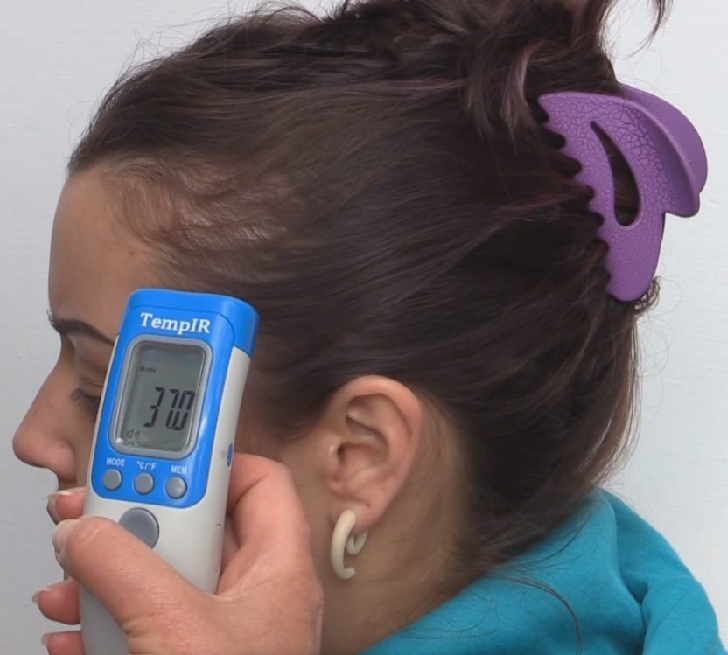Having a fever usually means that you have an infection and your body is fighting it off. Fevers can also be caused by an allergic reaction, taking certain medicines, or staying in the sun too long. There are medicines that make a fever go down, but it's good to know how high your fever is in case you need to go to the doctor. You can buy a thermometer at your pharmacy. Digital thermometers are more expensive but easier to use, especially for children, so get one if you are able.
Signs of a fever:
- Skin that is hot to the touch
- A flushed (red), hot face
- Body and headaches
- Chills or cold sweats
- Stomach ache (nausea)
- Feeling dizzy
- Not feeling hungry
- Diarrhea or constipation
How to treat a fever:
- Take your temperature with a thermometer a digital thermometer is easiest to use and read. Place the thermometer under your tongue. Don't talk or open your mouth until it beeps.
- Take a fever-reducing medicine - paracetamol (Panado or Tylenol), ibuprofen (Advil), or aspirin (Disprin - only if you are over 18 years old). Do not take the medicine longer than the directions say, usually 2 or 3 days.
- Take a lukewarm (not too hot, not too cold) bath
Call the doctor if:
- Your fever is high (38°C or above) for more than 2 days.
- You have convulsions or a seizure (uncontrollable shaking).
- You feel extremely tired.
- You have a difficult time breathing.
- Your neck feels stiff.
- You get a purple, spotty rash.
- You have a sore throat that doesn't go away or your ear hurts. You might need antibiotics for an infection.
- You start vomiting.
- You have to urinate a lot, or it hurts and burns when you urinate.
